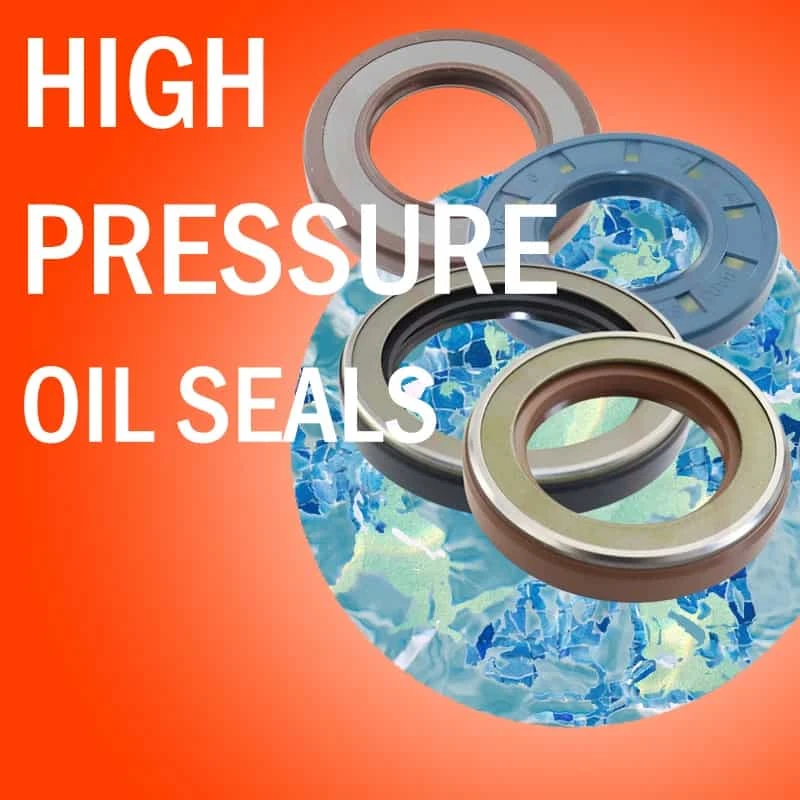des . 13, 2024 15:14 Back to list
seals and wipers
Seals and Wipers Essential Components for Reliability and Performance
In various industrial and automotive applications, two crucial components often overlooked are seals and wipers. These parts play a pivotal role in ensuring that machines operate smoothly and effectively. Their proper function is vital for maintaining performance and prolonging the lifespan of equipment.
Understanding Seals
Seals are mechanical devices used to prevent the passage of fluids or gases between two surfaces. They serve multiple purposes, including retention, containment, and separation. Seals can be found in an expansive range of applications, from automotive engines to household appliances. Common types of seals include O-rings, lip seals, and gasket seals, each designed for specific functions and conditions.
O-rings are circular seals that provide an effective barrier against the escape of fluids. They are critical in applications such as hydraulic systems, where high pressure can lead to leakage. Lip seals, on the other hand, are designed to keep lubricants in while keeping contaminants out, making them ideal for rotating shafts. Gaskets are flat seals that fill the space between two or more mating surfaces, preventing fluids from escaping. The choice of seal depends on various factors, including temperature, pressure, and the type of fluid involved.
The Importance of Wipers
Wipers, often referred to as 'scrapers' or 'squeegees,' are designed to clear debris and contaminants from surfaces. In hydraulic cylinders, for example, wipers play a vital role in removing dust, mud, and other particles that could enter the system and disrupt its functionality. They prevent the buildup of contaminants that lead to wear and tear, ensuring that seals can do their job effectively.
Wipers are made from various materials, including rubber, polyurethane, and silicone. The choice of material influences durability, temperature resistance, and compatibility with specific fluids. The primary goal of a wiper is to maintain cleanliness and ensure the longevity of the hydraulic system. Without proper wipers, systems can experience higher rates of failure, leading to costly repairs and downtime.
The Synergy Between Seals and Wipers
Seals and wipers work hand in hand to protect machinery and maintain efficient performance. When seal integrity is compromised, leaks can occur, causing fluid loss that not only affects machine operation but also has environmental consequences. Wipers significantly reduce the risk of contaminants entering the seal area, assisting in preserving the integrity of the seals.
seals and wipers

The relationship between seals and wipers is especially apparent in hydraulic and pneumatic systems. In such systems, even a minor failure of one component can result in significant performance degradation. Regular maintenance and inspection of both seals and wipers are essential practices to preemptively identify wear and prevent unexpected machinery failures.
Maintenance Strategies
To ensure optimal performance, proper maintenance strategies for seals and wipers are crucial. Here are some best practices
1. Regular Inspections Regularly inspect both seals and wipers for signs of wear, damage, or degradation. This includes checking for cracks, tears, or loss of elasticity in seals and ensuring wipers are free from cuts and have adequate tension.
2. Clean Work Environment Maintain a clean environment around machinery. This minimizes the risk of contamination that can lead to premature failure of seals and wipers.
3. Proper Installation Ensure that seals and wipers are installed correctly. Misalignment can lead to increased wear and potential failure.
4. Material Selection Choose the appropriate seal and wiper materials based on the specific operating conditions, such as temperature, pressure, and fluid compatibility.
5. Act Promptly on Issues If any leaks or performance issues are identified, take immediate corrective action. Delaying repairs can lead to more significant problems and costly downtime.
Conclusion
Seals and wipers are not just simple components; they are integral to the reliability and performance of machinery across industries. Understanding their importance and implementing effective maintenance can lead to significant improvements in the operational efficiency of equipment. By prioritizing the integrity of these components, businesses can safeguard their investments and enhance productivity, ultimately leading to superior performance and lower operational costs.
-
The Trans-formative Journey of Wheel Hub Oil Seals
NewsJun.06,2025
-
Graphene-Enhanced Oil Seals: Revolutionizing High-Pressure Oil Sealing
NewsJun.06,2025
-
Future of Hydraulic Sealing: Advanced Intelligent TCN Oil Seals
NewsJun.06,2025
-
Don’t Let a Broken TCV Oil Seal Ruin Your Day
NewsJun.06,2025
-
Bio-Inspired Dust Seals for Better Sealing Performance
NewsJun.06,2025
-
Biodegradable and Sustainable Hydraulic Seal Materials
NewsJun.06,2025
-
Top Oil Seal Solutions for Your Industrial Needs
NewsMay.22,2025
Products categories
















